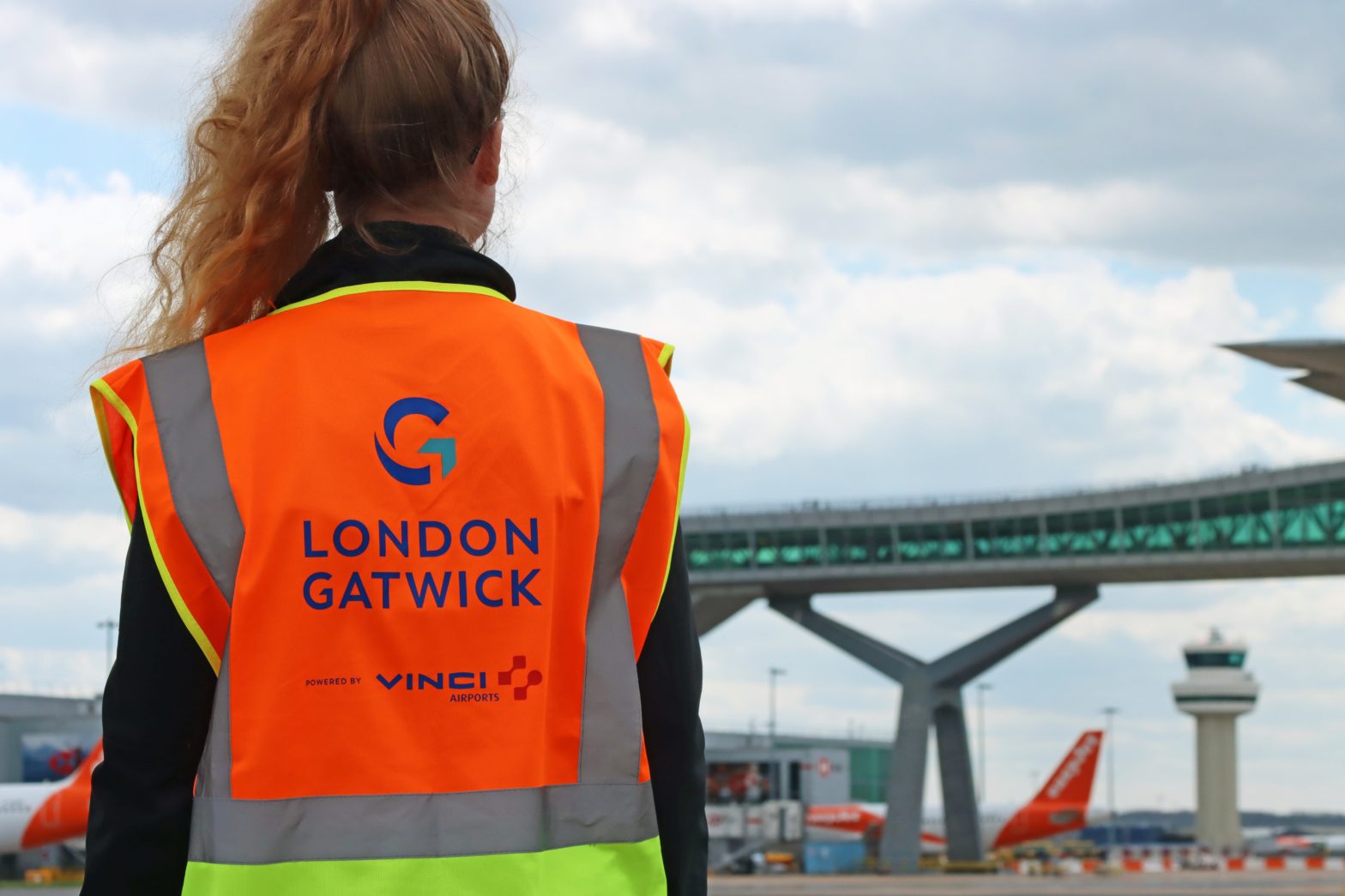
Asian cities need access to better data, says new report
19 October 2015
by Nick Michell
UN-Habitat and the United Nations Economic and Social Commission for Asia and the Pacific (ESCAP) today unveiled their second report on the state of cities in the Asia and Pacific region before delegates gathered at the Sixth Asia and Pacific Urban Forum, which is taking place in Jakarta.
Presenting a summary of the findings from The State of Asian and Pacific Cities 2015, Dr Shamshad Akhtar, Under-Secretary-General of the United Nations and Executive Secretary of ESCAP, said that between 1980 and 2010, Asian and Pacific cities grew by about 1 billion people and they would grow a further billion by 2040.
“Half of the region’s population will be urban by 2018 and by 2050, some 3.2 billion people will live in the region’s urban areas,” said Akhtar.
Asia and the Pacific is now home to 17 megacities (cities of over 10 million people), with the three biggest global cities—Tokyo, Delhi and Shanghai—all located in the region.
Today’s 2.1 billion people living in the cities and towns of the 58 countries and territories of Asia and the Pacific already make up more than half the global urban population and the region now has the world’s largest and fastest-growing middle class, with significant impacts on consumption of goods and services.
The report’s opening chapter, which charts the past and future trends in population growth, is followed by chapters analysing the urban economy, the rise of the middle class, the effect of climate change on cities, and tools for better governance.
A new feature of the report, highlighted by Yoshinobu Fukasawa, Regional Director for Asia and the Pacific at UN-Habitat, are four special essays (Think Pieces), which cover urban transport, inequality, eco-cities and finance, written by leading commentators on the region. Fukasawa told delegates at the Asia-Pacific Urban Forum that the key message from the mobility article is that the focus on easing traffic congestion and keeping driving cheap will not lead to sustainable urban transport.
“Instead, policymakers should concentrate on creating cities in which key destinations are easily reached without needing a car, providing a wide range of mobility options and establishing institutional transport assistance,” said Fukasawa.

Among the report’s other key findings are that the region faces an urban ‘data deficit’, undermining its ability to respond to the challenges with informed urban policy and planning interventions. Often data is collected by economic institutions, consultancies and the private sector and is not made available to local governments. The report argues that Asian and Pacific cities need an urban data revolution to be sufficiently informed to tackle the tasks at hand and ahead.
It also notes that in addressing the needs of urban development it is essential that new forms of collaborative governance emerge. Many Asian and Pacific cities are managed with outdated legal and regulatory frameworks while institutional arrangements are often also inadequate to deal with current, let alone future challenges.
“We now understand better some of the unfolding trends and their impacts,” the report’s chief coordinator, Dr Joseph Maseland of UN-Habitat told Cities Today. “Much of the region’s recent economic success, the enhanced average incomes and the emerging large middle classes came about through private sector-led initiatives and investments but although private sector-led development can be of huge benefit to societies, it is often not inclusive and can result in deeper inequality.”
To download and view the report, please go to: http://unhabitat.org/books/the-state-of-asian-and-pacific-cities-2015/











